Type
Plato principal
People
4 Personas
Time

Navarra Lamb is born and raised here, in our land. It is produced from two high quality native breeds, the Latxa breed and the Navarra breed.
The Navarra Lamb Protected Geographical Indication ensures the quality of the meat produced by Navarra breeders, who produce two types of lambs, lechal (suckling lambs) and ternasco (light lambs). They all come from extensive or semi-extensive farms with all the guarantees and controls that bearing the PGI ‘Cordero de Navarra’ logo implies.
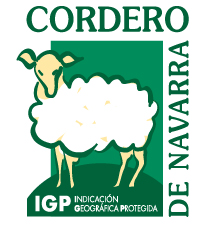
All the lambs covered by the Navarra Lamb PGI are born, raised and slaughtered in Navarra and belong to the Navarra and Latxa breeds, two breeds of great quality which have their origins in Navarra and are considered indigenous.
The production area of Navarra Lamb is mainly located in the north-western regions, the Pyrenees, Cuenca de Pamplona, Tierra Estella, Navarra Media, Ribera Alta and Ribera Baja in the Autonomous Community.
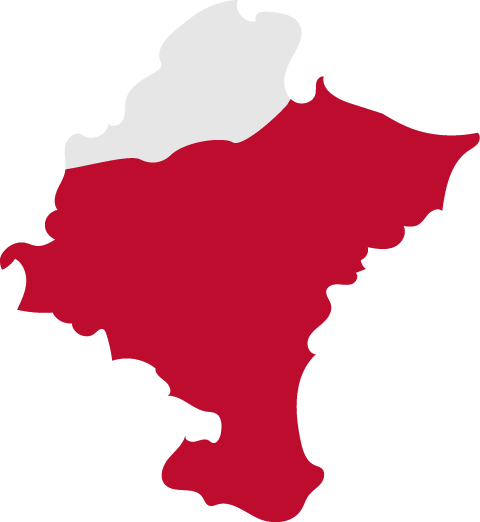
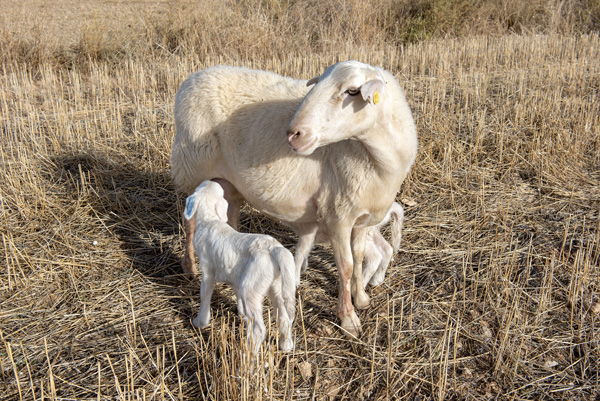
Only pure lambs belonging to the Navarra and Latxa breeds are considered apt for supplying meat eligible for the Protected Geographical Indication.
Navarra Lamb can be lechal (suckling lamb) or ternasco (light lamb), depending on its weight and feed:
All the lambs eligible are raised on extensive or semi-extensive farms with a diet consisting of pasture, forage and other cereals, following the traditional practice of the geographical area in question.
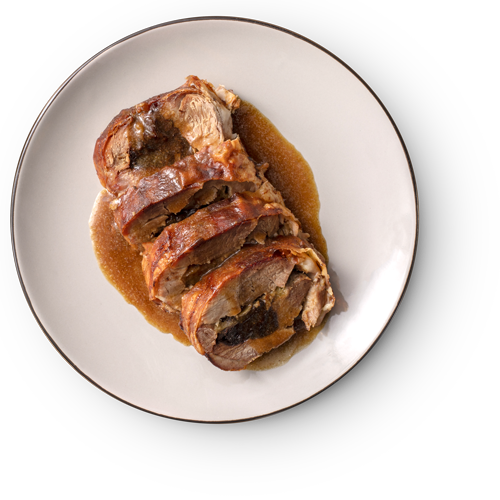
The quality and taste of the Ovis Aries Celtibericus, what is now Navarra lamb, have been known since pre-Roman times. For hundreds of years, and still today, large flocks of Navarra-breed sheep have crossed our lands from north to south in search of the winter pastures of Bardenas Reales.
Now, the Navarra Lamb Protected Geographical Indication has harnessed all the knowledge treasured by our shepherds and complements it with a whole series of quality control processes which make Navarra Lamb an unparalleled product.
The Navarra Lamb PGI, the highest European qualification in Quality Product Designations, was recognised in March 2002, and arose from the need to protect the lamb meat from sheep breeds native to Navarra produced by farmers in Navarra.
Different controls are carried out to guarantee the origin and traceability of Navarra Lamb, from its birth, feeding and slaughter to sale.
The technicians visit the farms where the breed is controlled to check that they comply with animal health and welfare standards. Samples of the animals’ feed are also taken.
The aging period for the meat is at least 24 hours and the storage period must not exceed 6 days; the frozen product cannot be marketed.
All the processes involved are audited by INTIA, Instituto Navarro de Tecnologías e Infraestructuras Agroalimentarias, S.A., the control body of the PDO in charge of ensuring that the certified product meets the requirements set out in the Specifications.
INTIA is accredited by ENAC (National Accreditation Body) according to the European Standard UNE-EN ISO/IEC 17065:2012.



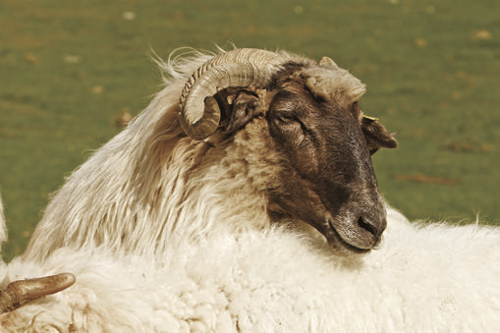
You can find three types of Navarra Lamb on the market:

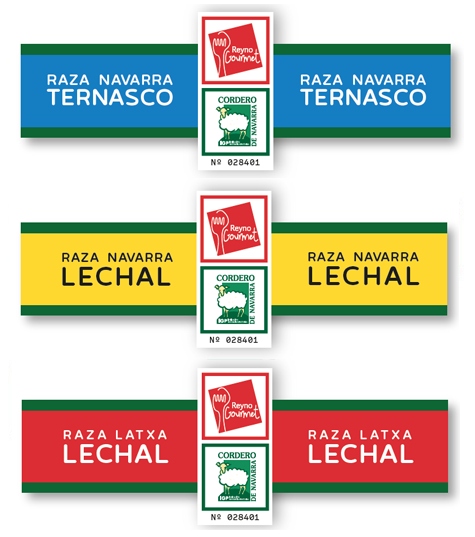
Want to be kept up to date on Reyno Gourmet’s news, events, competitions and promotions?
Leave us your email and periodically receive our newsletter in your inbox.
Responsible: Navarro Institute of Agro-food Technologies and Infrastructures, SA (INTIA) Purpose: Manage the sending of the requested information and in relation to the activity. Legitimation: Consent of the interested party. Recipients: No data will be transferred to third parties, except legal obligation. Rights: Access, rectify and delete the data, as well as other rights as explained in the additional information. Additional information: https://intiasa.es/es/nota-legal.html